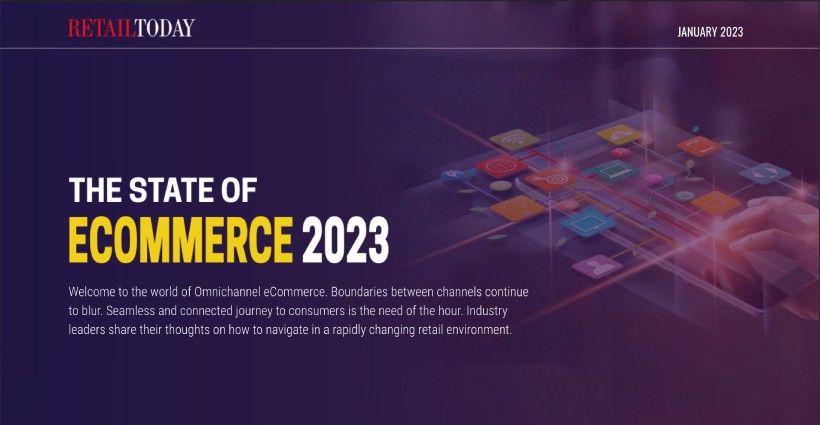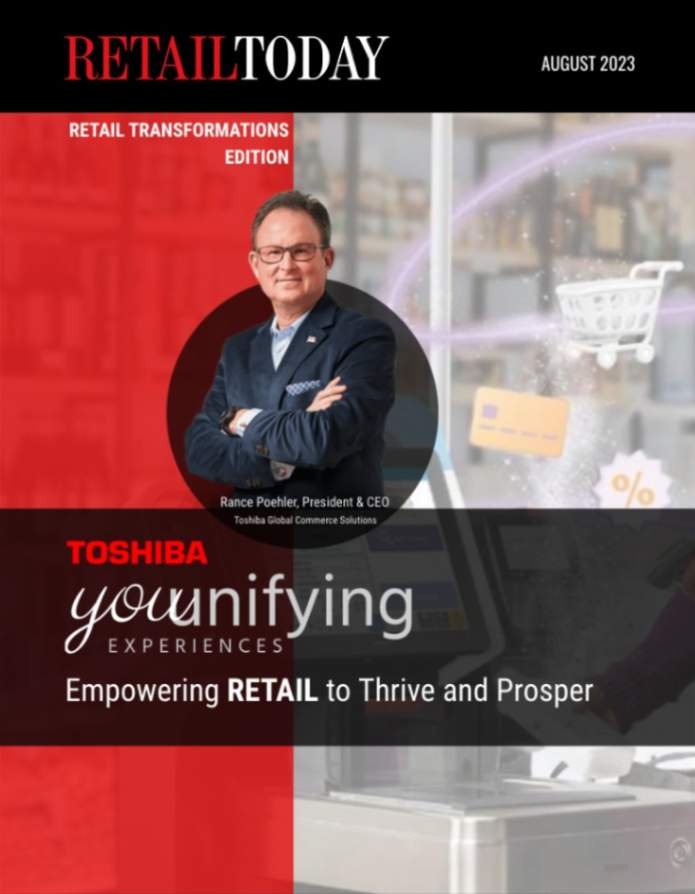
The ecommerce industry has grown exponentially since 2020. Consumers now expect their favorite brands to have an online shopping platform. And to keep up with demand, you have to incorporate new technologies and payment methods.
However, ecommerce platforms have become a huge target for fraud. And that’s because ecommerce sales have different risks than brick-and-mortar sales. Knowing those risks and understanding how to manage them has a steep learning curve.
The key to addressing these challenges lies in digital identity verification — knowing your customers and verifying they are who they say they are.
Why ecommerce is a target for fraud
Online shopping is easy and convenient — anyone can buy anything at any time without having to physically present a card to a sales associate. And that’s what makes it so easy for fraudsters to pull off schemes.
It’s a lot more difficult to pull off a fraud scheme in a brick-and-mortar store. You need a physical card. You can’t read off a card number you stole online. And you have to interact with an employee in order to buy something. So if you try to use multiple coupons, they’ll tell you no, and there’s no way to cheat the system.
But online, those rules don’t apply. A fraudster can obtain card numbers and test them with little hassle. They can also easily abuse promotions and coupons by cracking codes or creating fake accounts. Worse, they can hack into accounts and pretend to be someone else.
Challenges of identity verification
The most common issue ecommerce retailers face when trying to authenticate users is not having enough data to fully verify consumers’ identities. As a result, the authentication tools either cause unnecessary friction for customers or don’t adequately block fraudsters.
Focus on your customers
Stopping attacks goes back to a simple principle: know who you’re doing business with. Use tools and technology that provide insight into emerging threats and consumer behavior.
Invest in data
Implement technology that gives you insights into your customers. Learn about the kind of merchandise they’re truly interested in, how much they typically spend, the device they use most often, the location they usually shop from, and more. That way you can quickly identify suspicious behaviors that may point to fraud attempts.
Evaluate risk
Analyze risks before implementing changes to your online platforms — such as launching an app or new payment option — so that you don’t inadvertently harm your customers or your business. Make sure you have adequate protections in place to stop potential threats.
Choose fraud technology carefully
Implementing a fraud solution can better protect your business and your customers. But you want to find the right one. Look for a platform that can integrate easily with your internal systems, has customizable policies for your industry, and offers detailed reporting so you know what decisions were made and why.
As Chief Revenue Officer at Kount, An Equifax Company, Jared Kernodle brings over a decade of success in driving hyper-growth in complex software technology businesses. These results are the product of an uncommon, and enviable, combination of large-team leadership, domain knowledge, marketing acumen, and sales experience. Prior to joining Kount, Jared was at Global Payments, Integrated division, where he was instrumental in reshaping the company’s mergers and acquisition strategy, championing new product and solution launches, driving enterprise sales, cultivating strategic partnerships, and leading expansion into international markets. Jared holds a Bachelor of Science Degree by Elon University, and a Masters in Business Administration by the Duke University Fuqua School of Business.






